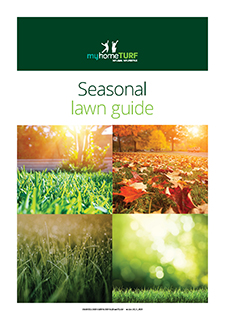When it’s too Hot to Mow Your Lawn!
A healthy lawn provides you and your family with a green, lush and welcoming environment. However, when temperatures rise and the harsh summer sun beats down on your lawn, the ...

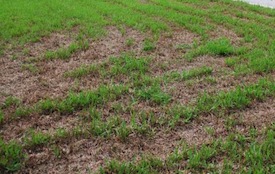 You’ve put a lot of effort into your lawn, but it doesn’t look as good as it should.
You’ve put a lot of effort into your lawn, but it doesn’t look as good as it should.
Before you become disheartened, look at this checklist to see if there’s something else you can do to bring it back to its full glory.
Remember that any lawn repair is best done in spring or summer – depending on the climate in your area – when the lawn is actively growing.
Hard compacted soil can make it difficult for your lawn to flourish.
Soil can become compacted from heavy traffic by people, vehicles or pets and during prolonged dry periods.
This restricts the ability of your lawn to access the oxygen, water and nutrients it needs.
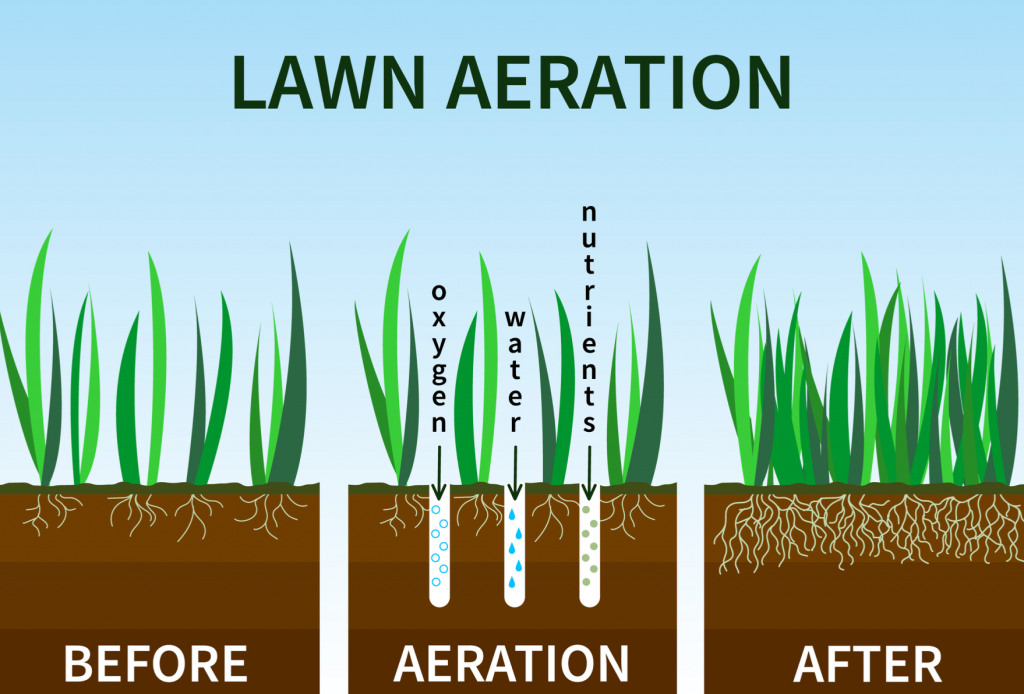 Aeration can improve soil health by stimulating the activity of beneficial microbes.
Aeration can improve soil health by stimulating the activity of beneficial microbes.
It is a relatively simple process that should be undertaken each year.
If you’re not sure whether your lawn needs aerating or how to go about it, read our article “When should I aerate my lawn?“
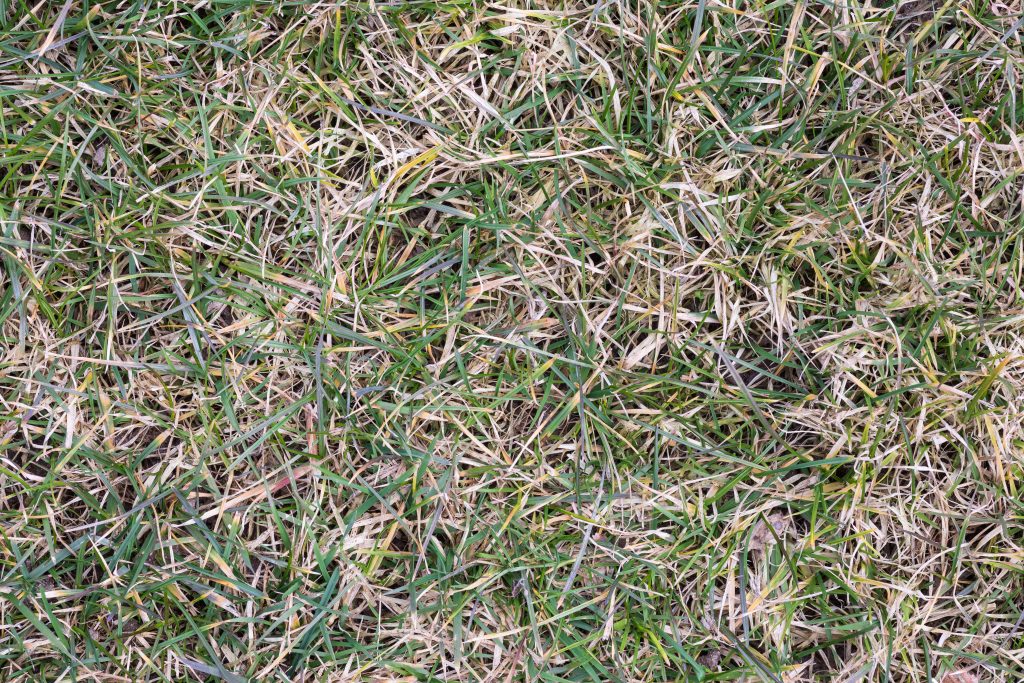 Thatch is the spongey layer of dead and living plant material from stems, leaves, clippings and roots that accumulates between the soil and the crown.
Thatch is the spongey layer of dead and living plant material from stems, leaves, clippings and roots that accumulates between the soil and the crown.
Periodically pulling a metal rake through the lawn can help break up this layer.
Some thatch is good, but too much will make your lawn more susceptible to disease, drought and heat stress. It restricts the movement of oxygen, water and nutrients into the root zone for use by plants and micro-organisms.
Excessive thatching can also be a sign of poor drainage, improper lawn mowing or watering, overuse of fertiliser or a lack of beneficial microbes that break down organic matter.
Some lawn types are more prone to a build-up of thatch than others. Once the layer of thatch is more than 20mm thick it may need to be mechanically removed.
If you’re not sure whether your lawn needs dethatching or how to go about it, read our article “How to Dethatch a Lawn“.
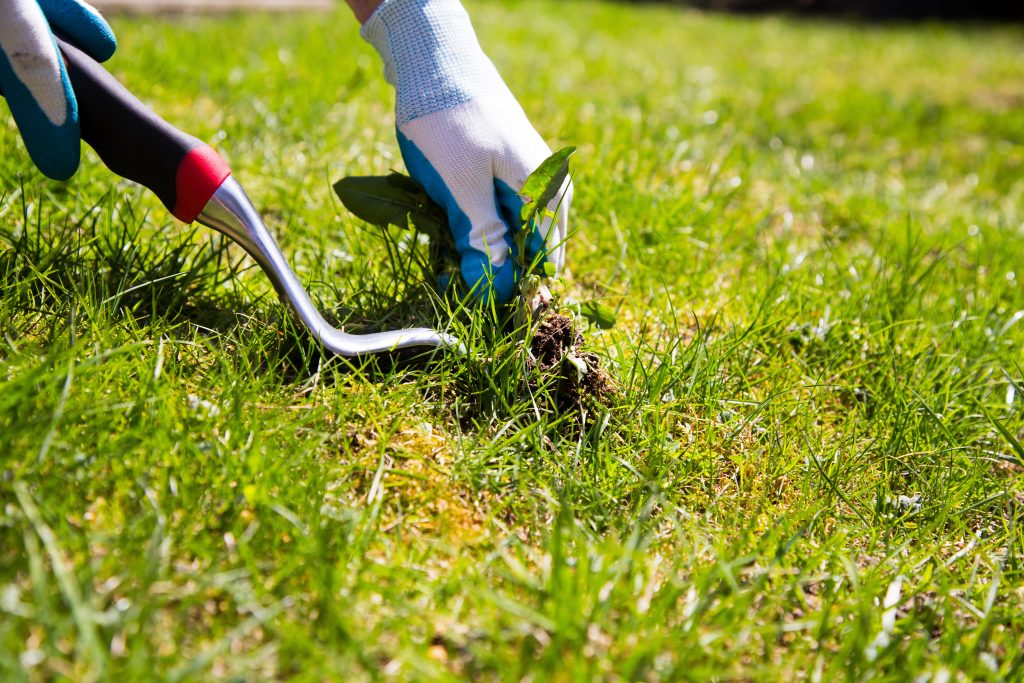 Common lawn weeds will compete with your lawn for water and nutrients and can spread quickly if action is not taken early on.
Common lawn weeds will compete with your lawn for water and nutrients and can spread quickly if action is not taken early on.
The best time to target weeds is when they are small in both size and number. Hand weeding is ideal for small lawns but once the weeds are bigger or spread across a larger area, it will be necessary to hit them with herbicide in a ready to use spray pack or concentrate applied with a watering can or knap sack.
Always read the safety directions and instructions on the product label before use. Wear safety glasses and gloves to avoid irritation from skin and eye contact.
Applied correctly, glyphosate can be effective on both Grass and Broadleaf Weeds, but as a non-selective herbicide it will poison everything it touches, including the surrounding lawn.
If your target is a Broadleaf Weed, look for a selective herbicide.
Products containing the active ingredient halosulfuron-methyl can be safely sprayed on many lawn varieties, while others should only be used for spot application. This includes products containing MCPA that are marked on the label as being suitable for Paspalum, Nut Grass and Clover.
Depending on the maturity of the weeds and how large an area is affected, it may be necessary for you to spray more than once.
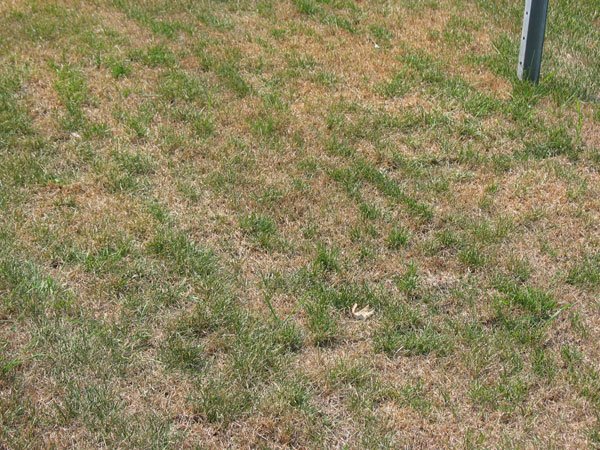 Bare patches in your lawn can be caused by any number of things: from common lawn pests, lawn disease and drought to wear and tear from boisterous kids and pets.
Bare patches in your lawn can be caused by any number of things: from common lawn pests, lawn disease and drought to wear and tear from boisterous kids and pets.
Regardless of why they appeared, these spots offer an open invitation to weeds which will cause an even bigger problem if they’re allowed to take hold.
Early to late summer is the best time to repair bare patches because that’s when the new lawn will establish quickest.
Patches in your lawn can be repaired with new turf or seed, depending on which type of grass you want to use.
Either way, you’ll need to prepare the patch by removing all dead lawn or weeds and gently digging into the soil to loosen it up. This will give new plants the best chance of establishment.
Water new grass regularly – in hot, windy or dry weather it might need a drink several times a day – to give it the best chance of survival.
Note: Most modern Buffalo grasses won’t reproduce from seed. Depending on how big an area needs repairing, you might choose to buy a few rolls or slabs of Buffalo Grass from one of our myhomeTURF suppliers.
If you’re trying to save money and are in no rush, you might opt for Buffalo Grass plugs or runners.
Specialist growers sell trays of plugs – individual Buffalo Grass plants – which can be planted into prepared soil.
Runners also need to be planted out individually in trenches. This must be done as soon as possible after they’ve been removed from the original spot to prevent the roots from drying out and dying.
The more densely plugs or runners are planted, the faster the lawn will grow over the patch under repair.
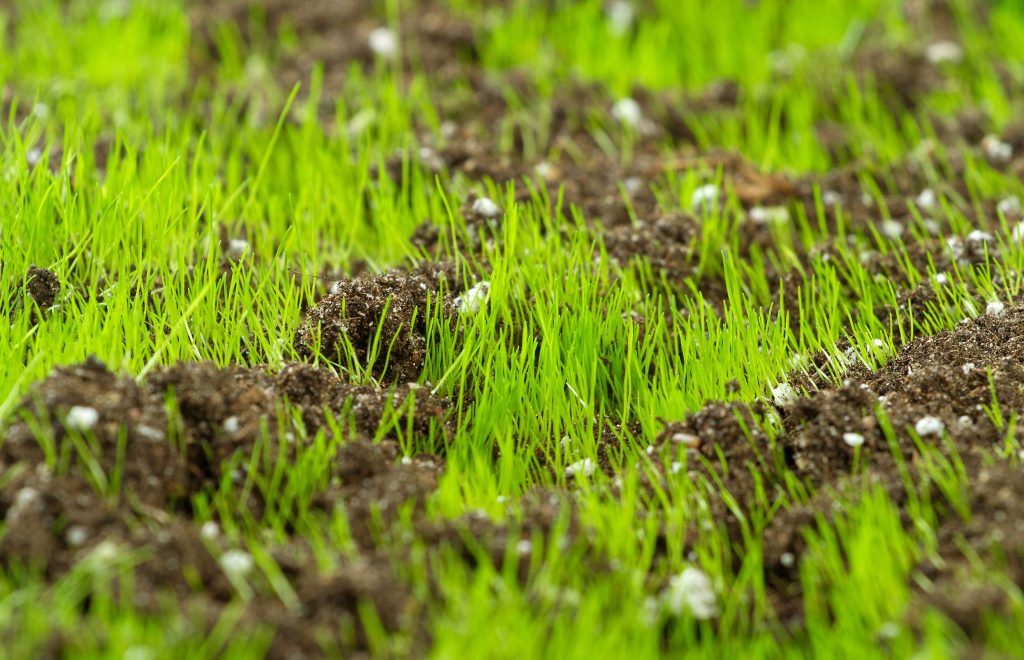 Levelling an uneven section of lawn will make it easier to mow, prevent damage from scalping and eliminate a potential tripping hazard, as well as improving its appearance.
Levelling an uneven section of lawn will make it easier to mow, prevent damage from scalping and eliminate a potential tripping hazard, as well as improving its appearance.
Top dressing gradually, with 10mm at a time of soil or sand, can be enough for relatively shallow depressions.
Fixing deeper indentations will require a different method, known as Lift and Fill.
In this case, the lawn is cut into strips and lifted out. Clean fill is then deposited to the required depth and the lawn replaced on top.
If you’re not sure how to repair uneven spots in your lawn, read our article “Repairing an Uneven Lawn“.
Some soil types, including those with a clay base, are more likely to become hard and compacted. In minor cases, aeration once a year can be enough to fix the problem.
More severe cases might require more extreme measures, such as lawn coring or cultivating the lawn with a rotary hoe.
If you’re not sure about the best way to repair hard spots in your lawn, read our article “How to repair a hard lawn“.
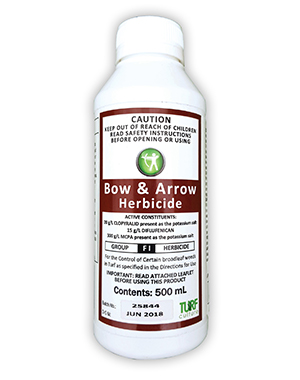
Bow and Arrow 500mL is one of the most effective broadleaf liquid herbicides on the market. Suitable for Zoysia, Kikuyu, Couch and Buffalo grasses however transient discolouration may occur on Kikuyu, Carpet and Queensland Blue Couch lawns. Always read the safety directions and instructions on the product label before use.
SHOP NOWSign up for our Newsletter to receive your free guide.
